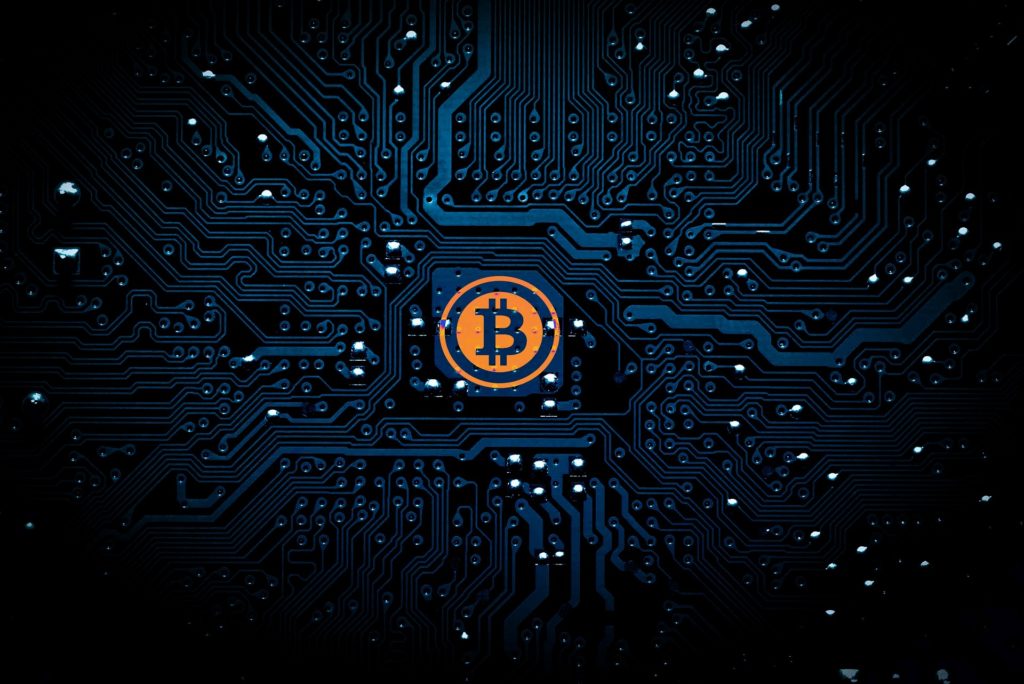Blockchain – Getting rid of the Middle-Man and Double-Spending
The Blockchain, which is the technology behind Bitcoin, Ethereum, and countless other cryptocurrencies, is creating a new paradigm. A paradigm free from central control. However, like all new technologies, its capabilities can both free us and, unfortunately, enslave us.
Having a 3rd party verifying a payment creates an undo cost that we do not need. Plus, according to the Nakamoto Institute, it makes the payer give up too much personal information, which can be stolen through hacking; as we have seen with Equifax.
The answer then is to have a peer-to-peer solution; a system that is based on cryptography in the form of the blockchain. A system that is (so far) free from tampering and fraud and first suggested by Satoshi Nakamoto in 2008. In his whitepaper, he indicates that the system can fight off intruders as long as their combined CPU power (the many “nodes” working together) is stronger than one intruder.

The Power of Many
In real democracies, as in ones that are not coopted through the propaganda of the media-industrial-complex, the many are more powerful than the few. Unfortunately, our planet does not have such systems—except for the Internet. The powers-that-be (PTB) are even trying to change that with Google and Facebook censorship, but only because we have all chosen to get our information from those (centralized) platforms.
That said, the blockchain/Bitcoin is primarily using the power of many to authenticate transactions by simultaneously updating each other. They only continue to the next step in the process when many of them (not all of them) match.

Too Good to be True?
In every system, there is a hole for someone to exploit. Most human systems, such as our laws, seem to be designed this way. But not with the blockchain. There is an inherent incentive to keep everyone honest. According to Nakamoto:
“The incentive may help encourage nodes to stay honest. If a greedy attacker is able to assemble more CPU power than all the honest nodes, he would have to choose between using it to defraud people by stealing back his payments, or using it to generate new coins. He ought to find it more profitable to play by the rules, such rules that favour him with more new coins than everyone else combined, than to undermine the system and the validity of his own wealth.”
Basically, it is down to probability. Even if an attacker has enough computing power to trick the system, the other nodes in the network will find out before he is able to “convince” the entire system that his blockchains are real. Therefore, the system is intrinsically safe because it has cut out the middle-man and the many (honest many) rule the network.

The Blockchain and Digital Marketing
Who is doing digital marketing? All major corporations, small businesses, and individuals, correct? Now, what if the small companies and individuals can have a system of money that does not need an outside 3rd party to verify payments? How about they create wealth themselves without the need of a central bank? What if they can verify the payments themselves by having their own server verifying the blockchain?
This is where the power comes in for the ordinary person and small business. Forget the big corporations; they have the money to pay intermediaries and 3rd parties because they are most probably shareholders in those companies. Ordinary people can exchange bitcoin (or other cryptocurrency) with each other without the need for a centralized body saying that it is OK. It goes right back to the days of trade between people before the need for (international) central banks creating and controlling currency and trade.

How can you begin using the blockchain?
If you are an entrepreneur, freelancer, musician, or any “free agent” selling services, you can use the blockchain. You can begin selling services directly to people without PayPal or a credit card company taking a percentage. The reason is that the transaction is purely between the seller and buyer (Peer-To-Peer).
It is apparent that the blockchain (or some form of it) represents the future of transactions because it resembles the original human-to-human trades before the “money masters” took control of it after understanding its power. It always was a form of energy interaction, except now it has been virtualized, albeit still a type of energy transfer.
“Give me control of a nation’s money, and I care not who makes the laws,” Mayer Amschel Rothschild. Because, if you control coining money, then you eventually control the politicians, and ultimately control all of the society. Sound familiar? Is the current system of centralized control working for us? No, it is not.
I suspect that you, like me, think the blockchain is very intriguing. Even if you do not entirely understand what it represents, you are thinking about the ramifications it has on our daily lives. I recommend reading more about it and understanding how you can take advantage of it sooner than later.

More Reading:
Read the original BitCoin whitepaper here.
And a great article by Jeffrey Tucker here.
Also watch Jeffrey Tucker on the Corbett Report here.
Finally, here is a great article of the many new applications of the blockchain that are emerging here.




